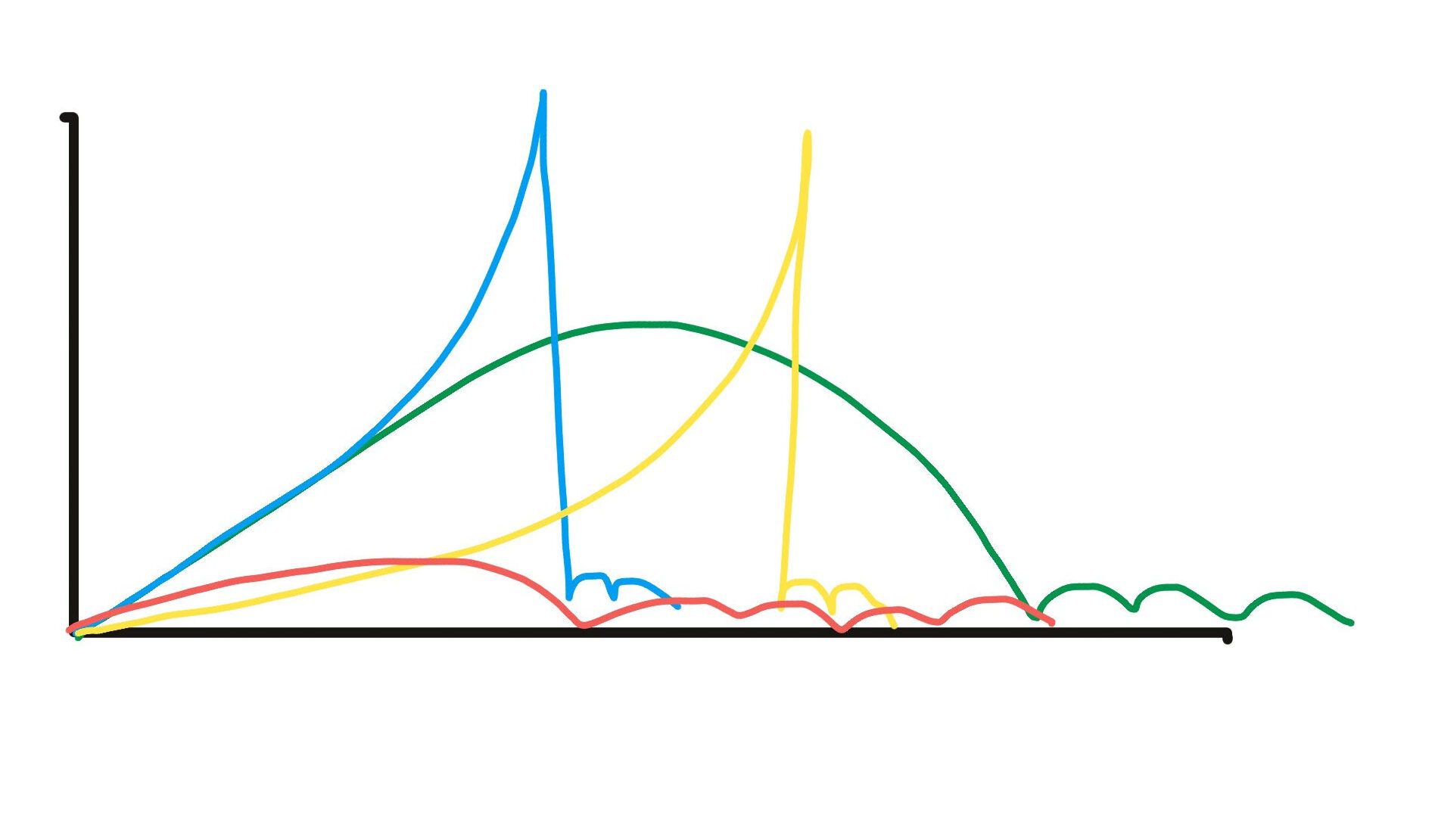Distance is a hot topic in the world of golf currently. Many of the top golfers are trying to hit the ball further, with the likes of Bryson DeChambeau changing physical appearance and technique, chasing longer drives. But, what if I told you distance was to be gained, without spending every day in the gym and swinging off your feet?
Optimising ball flight
Through a club fitting, we can optimise your ball flight through getting the correct launch angle and spin rate of the ball off the club.
“But Lewis, how does this improve my distance?”
First, we need to look at what launch angle and spin rate means. We use Trackman 4 in all of our club fittings with its unrivalled radar tracking technology, so let’s look at their definitions:
Spin rate – “the amount of spin on the golf ball immediately after impact” (Trackman.com). Every club in the bag will produce backspin after impact due to having loft on the club. The more loft on the club, the more back spin it will generate. Also, if you present a lot of loft at impact, this will generate more backspin, for example I start with a 10.5* lofted driver at impact, but add an extra 8* of loft upon impact, I am going to turn my driver into a 5 wood and generate a lot of spin!
Launch angle – “the angle the ball takes off at relative to the ground” (Trackman.com). Launch angle is highly correlated to loft delivered at impact – the more loft you deliver, the higher the launch angle is going to be. Having too high launch angle, or too low launch angle is going to affect your ball flight in a negative fashion.
How do these numbers affect my distance?
The launch angle and spin rate of the golf ball will affect how your ball flies towards its target. Having a high spin rate will “lift” your ball up to the sky, creating a lot of height and a steep landing angle. Having a low spin rate will typically make the ball “fall” out of the sky, creating not much height and a shallower landing angle. Launch angle then plays a pivotal role in increasing or decreasing height and landing angle.
 Side on view of golf ball flights, height on the left axis, total on the bottom axis.
Side on view of golf ball flights, height on the left axis, total on the bottom axis.
BLUE = High launch angle, high spin rate – super high ball flight, very steep land angle
YELLOW = Low launch angle, high spin rate – rising style of ball flight, old school tiger woods stinger which reaches its peak height late on in its flight.
RED = Low launch angle, low spin rate – super low ball flight which rolls a long way but does not carry very far, very low height.
GREEN = High launch angle, low spin rate – “optimum” driver ball flight, rises quickly but penetrates through the air, long carry and total.
“So, how do I know what the optimum launch angle and spin rate is for me?”
Dependant on your club speed and ball speed, will depend on what type of launch and spin we would like your driver to fit into – “Every golfer should be fitted to achieve the optimal balance of launch angle and spin rate based on their club speed and ball speed.” (Trackman.com). Luckily, Ping have done the hard work and developed this fitting chart for optimum carry and total with driver.
Based on your ball speed and angle of attack, this chart enables us to fit you for the correct launch angle and spin rate for optimum distance.
 Credit to Ping for developing this fitting chart.
Credit to Ping for developing this fitting chart.
How do we change those numbers in a club fitting?
Loft – Changing loft on a driver will change how much the ball launches and spins.
Head design – certain head shapes are by design lower launch and spin
Weight position and magnitude– changing the amount of weight and where it is positioned will change the launch and spin… a heavy weight close to the face will produce lower launch and spin, a lighter weight far away from the face will produce more launch and spin.
“My mates got a low spinning shaft, does this make a difference”
Unfortunately for all you shaft nerds (I also am one!), shafts do not play as much of a role in influencing launch and spin as the above factors. Loft, head design and weight positioning has much more value in increasing or decreasing launch and spin. This is not me saying shafts do not play a pivotal role… they most certainly do in performance of any club, but I hear too many times in fittings “I need a low spin shaft” when we can change the spin by selecting appropriate head, loft and weight.
How do we measure all this?
We use Trackman 4 in all of our club fittings so when you fire balls into the range (not in a net), the radar technology is giving us data on your ball flight and club delivery.
If you would like to see the data we get from Trackman during a fitting and how we can help your driving, see the video below of a lockdown live session with myself and Ryan, a former scholarship golfer in the States.
If you have any questions with fitting, driving, distance or anything golf, please get in touch and I’d be happy to discuss how we can help your game.
Lewis
@LClarkePCoach




